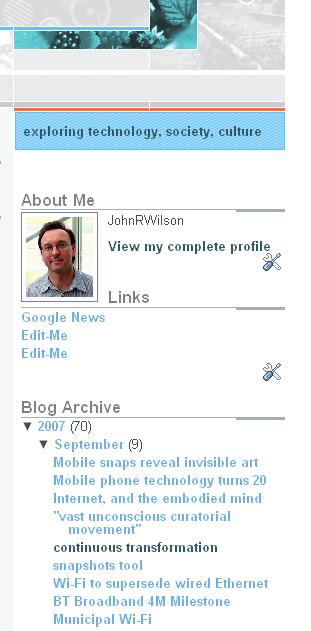Last Updated: Wednesday, 26 September 2007, 14:22 GMT 15:22 UK
Regulator Ofcom has added its voice to the growing debate about how the UK should roll out super-fast broadband.It has launched a consultation, running until December, to probe ways to keep UK net services up to speed with those of other nations.
Current broadband speeds have a natural limit which are unlikely to satisfy growing consumer demand for bandwidth.
In other countries, networks delivering speeds of up to 100Mbps (megabits per second) are already being rolled out.
Some experts are concerned that the UK is falling behind its competitors. Last week Stephen Timms, Minister for Competitiveness, ordered a summit on the issue and did not rule out the possibility of public sector intervention.
The debate centres on the question of whether the UK should put in place a nationwide fibre network and, in its consultation, Ofcom lays out some of the options for the UK as well as suggesting ways in which such a network should be regulated.
So-called fibre to the kerb would offer speeds of up to 50Mbps and cost up to £10bn to roll out nationwide, experts predict.
Fibre to the home is more expensive - with an estimated £15bn price tag - but offers speeds of up to 100Mbps.
Ofcom points out that no one technology will answer the needs for more bandwidth. Cable networks will also play an important role in offering high-speed net access and Virgin Media is already trialling speeds of up to 50Mbps.
Controversy
BT openreach van
Would BT monopolise next-generation access?
As new applications such as net TV become popular so demand for bandwidth increases.
Some countries, including France, Germany, the Netherlands, Japan and Korea are already investing in fibre networks which deliver speeds of up to 100Mbps (megabits per second).
According to Ofcom, current broadband speeds in the UK reach an average of 4.6Mbps. These speeds will be increased to around 24Mbps when next-generation ADSL - named ADSL2+ - begins rolling out next year.
Ofcom's chief executive Ed Richards said that super-fast next generation access was an obvious next step, offering "a fundamental change to the country's infrastructure" and one that would affect how competitive the broadband market was "for years to come".
In its consultation, Ofcom is keen to stress any new network will be regulated in the same way as the existing copper-based access network. This would mean that it would have to be open to all operators, just as BT is forced to make its current network accessible to rivals.
BT, which is already investing heavily in upgrading its core network, said that it would look at fibre "where it makes commercial sense".
"BT welcomes the chance to discuss this issue with Ofcom, the government and the wider industry. We are totally committed to providing our customers with the services they want both now and in the future.
According to BT, more than 120,000 businesses already use fibre services.
Ofcom has not ruled out the possibility that rivals to BT such as CarPhoneWarehouse might consider building a fibre infrastruture for the UK.
But such a big project is fraught with controversy, pointed out Ian Fogg, an analyst with research firm Jupiter.
"At the heart of it, whoever invests in a new network will want to have a return on their investment but, because the sums are so large, the return on investment period will be many years," he said.
There are also concerns that a new fibre-based network would cannibalise the existing investments that companies such as Tiscali and CarPhoneWarehouse have made in ADSL.
In Japan, ADSL is in decline as people migrate to fibre in large numbers.
"In the UK over the last three years, there has been a significant investment in local loop unbundling (a system whereby rivals can get their hands on BT's equipment to offer alternative broadband services). The question that many will ask is whether investment in a new network would undermine the LLU investment," said Mr Fogg.
New divide
A field
There is likely to be big speed differences between town and country
There are also concerns that a fibre network would only be economically viable in dense population areas such as towns and cities, creating a new and even greater digital divide.
"The UK will have to accept a difference in speed. While those on fibre-based networks could be enjoying speeds of up to 100Mbps, those on copper telephone lines will be lucky to get 24Mbps," said Mr Fogg.
Critics are concerned that the UK is falling behind other nations but Ofcom pointed out that market and infrastructure conditions in Britain are very different to those countries where investment in fibre has already been strong. This is due in part to the already-established pay TV market in the UK.
"We are not complacent and we absolutely should be concerned about it but we might have to accept that deployment will be later in the UK," said an Ofcom spokesman.
The Broadband Stakeholder Group described Ofcom's consultation as a "key milestone" in the debate about the future of the communications infrastructure in the UK but warned that the regulator may need to take a more interventionist approach if there were long delays in rolling out next generation networks.




